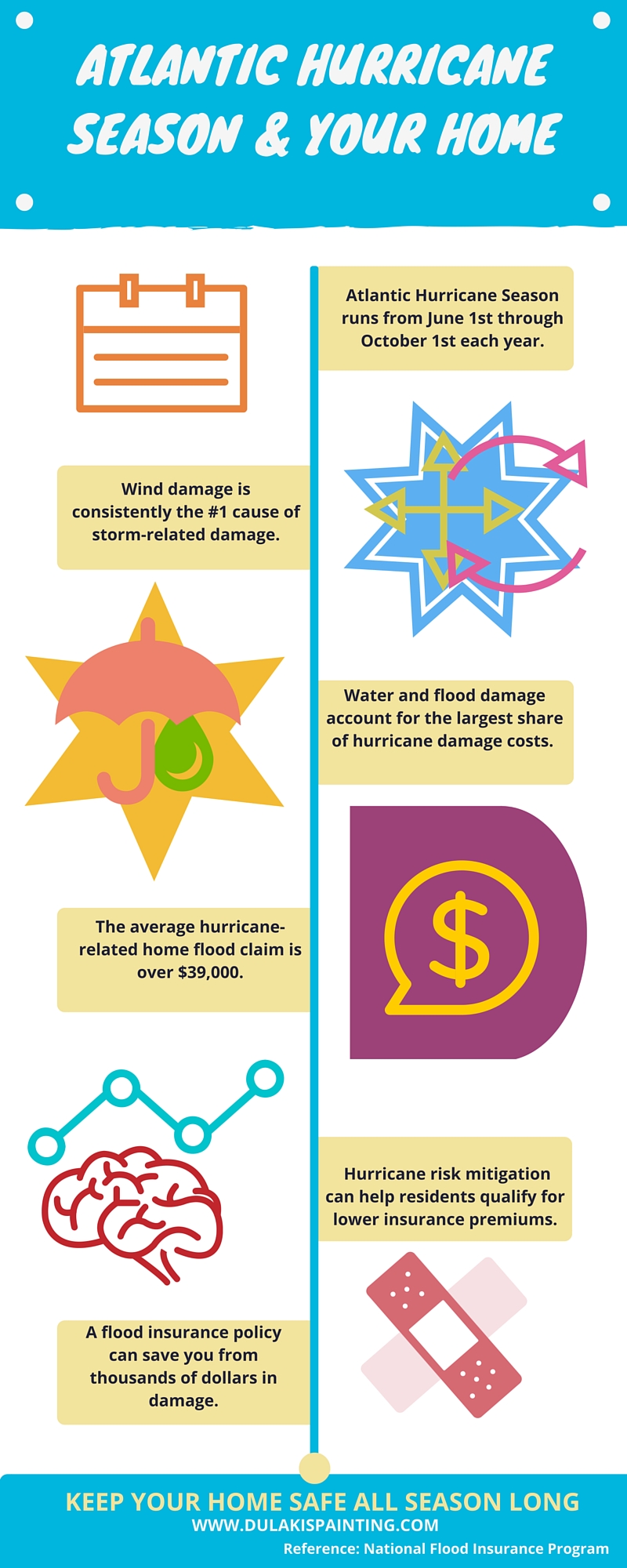Seasonal Factors In Business Outside Paint: Key Insights You Must Recognize
Seasonal Factors In Business Outside Paint: Key Insights You Must Recognize
Blog Article
Content Writer-Aguilar Rosendal
When you're planning an industrial exterior painting job, seasonal factors can make or break your outcomes. You'll want to take into consideration just how temperature level and moisture effect paint application and drying out times. Picking the appropriate period can ensure your paint sticks appropriately and lasts much longer. However which periods are really the most effective for this sort of work? Let's check out the crucial elements that can influence your project's success.
The Effect of Temperature on Paint Application
When you're preparing an industrial external paint task, the temperature can considerably affect just how well the paint adheres and dries out.
Ideally, you want to repaint when temperatures vary between 50 ° F and 85 ° F. If it's too chilly, the paint may not cure properly, resulting in concerns like peeling or fracturing.
On the flip side, if it's as well hot, the paint can dry out too promptly, avoiding appropriate adhesion and leading to an irregular finish.
You need to additionally consider the moment of day; early morning or late afternoon supplies cooler temperatures, which can be a lot more favorable.
Always examine the manufacturer's suggestions for the details paint you're using, as they commonly supply advice on the excellent temperature level range for optimal outcomes.
Moisture and Its Impact on Drying Times
Temperature isn't the only ecological aspect that influences your commercial exterior paint job; moisture plays a significant function as well. High humidity levels can reduce drying out times considerably, influencing the overall top quality of your paint work.
When the air is saturated with moisture, the paint takes longer to treat, which can bring about issues like poor adhesion and a greater threat of mold growth. If you're painting on an especially damp day, be planned for extended delay times between layers.
It's critical to keep an eye on regional climate condition and strategy accordingly. Preferably, aim for humidity degrees in between 40% and 70% for ideal drying.
Maintaining painter accusations in minnesota in mind guarantees your project stays on track and supplies a long-term surface.
Best Seasons for Commercial Exterior Painting Projects
What's the most effective time of year for your industrial outside paint tasks?
Spring and very early loss are commonly your best options. Throughout these periods, temperature levels are moderate, and moisture levels are often lower, producing ideal conditions for paint application and drying.
Avoid summer's intense heat, which can create paint to dry also swiftly, leading to poor bond and coating. In a similar way, wintertime's cold temperature levels can prevent appropriate drying out and healing, running the risk of the durability of your paint job.
Go for days with temperatures between 50 ° F and 85 ° F for ideal outcomes. Bear in mind to check the local weather report for rain, as damp problems can wreck your task.
Planning around interior house painting services ensures your painting job runs smoothly and lasts longer.
Conclusion
To conclude, preparing your commercial exterior paint jobs around seasonal considerations can make a considerable distinction in the result. By scheduling work during the perfect temperature levels and moisture levels, you'll ensure far better bond and drying times. Remember to keep an eye on local weather prediction and choose the right time of year-- spring and very early loss are your best choices. Taking these steps will certainly aid you achieve a sturdy and professional coating that lasts.
